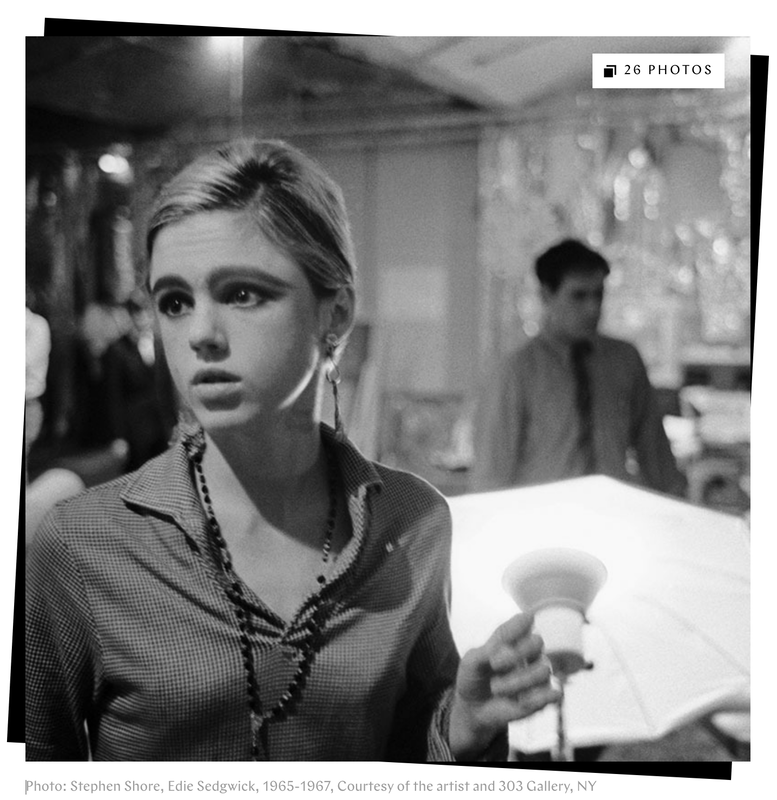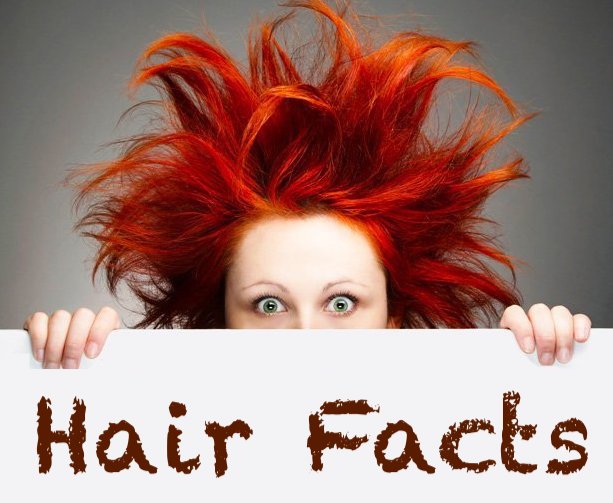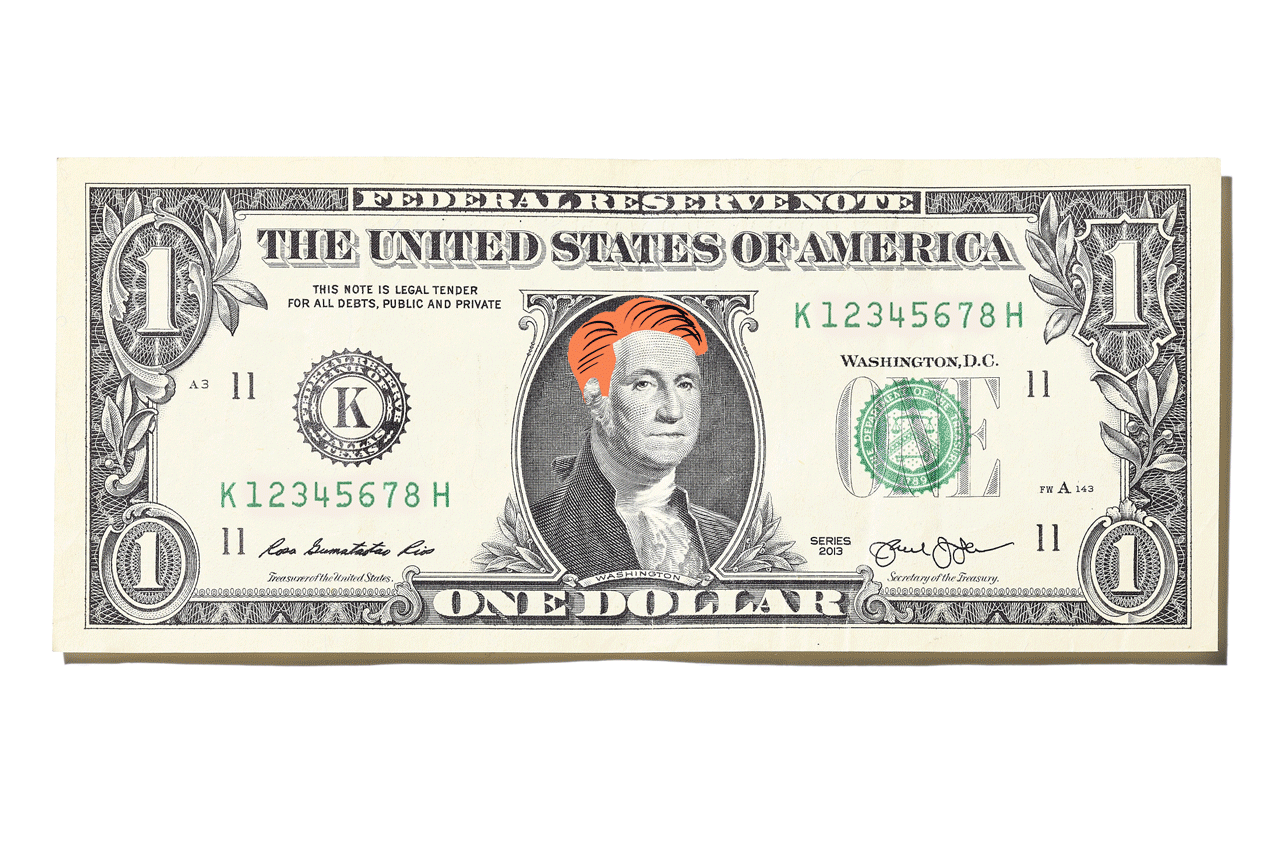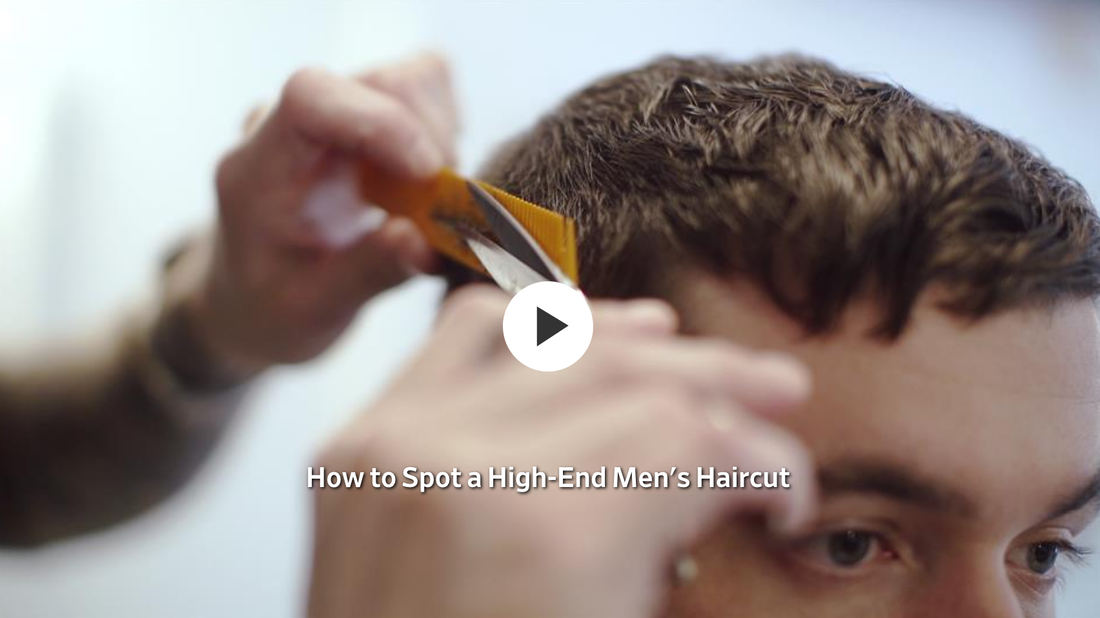|
Edie Sedgwick’s name never fails to pop up when discussing the all-important topic of historical short hair cuts. The Factory Girl, born seventy years ago this weekend, wasted no time becoming an overnight hair icon when in 1965 she chopped off her long, mousy brown hair into a bleach blond, and sometimes silver spray-painted crop cut. Women cut their hair for all different reasons, from film roles (Rooney Mara) to liberation (Emma Watson) but the chop feels as fresh and bold today as it did fifty years ago, with similar versions now back in the limelight on many young stars, from Miley Cyrus to Anne Hathaway, to Michelle Williams. Short “boy” cuts tend to fall into two distinct camps: the pixie and the tougher, partially buzzed version. Actress Jean Seberg can be credited as one of the earlier adopters of the pixie (chopping it off in 1957 for her first film role as Joan of Arc), but her look became most iconic in Goddard’s Breathless. Audrey Hepburn’s enviable crop in Sabrina continues to inspire gamines everywhere. Click through the slideshow to see Rihanna, Agyness Deyn, Tilda Swinton, Mia Farrow, Demi Moore and all the women you’ll want to use as short hair inspiration this spring. This article appeared on The Cut
0 Comments
Cosmetologists learn everything from the anatomy of a hair follicle, to how to consult with real clients, to picking the right hair color based on client skin tone, and everything in between. That “everything in between” includes tidbits and nuggets of knowledge you may not have known.
Here are just a few:
Static in your hair is incredibly annoying. Getting rid of static electricity can be just as annoying. Preventing static from building up in your hair is the first step, but sometimes (especially in winter), it just can't be helped. Here are a few static-busting strategies and products to try.
1) More Moisture Preventing static in the first place is the best way to banish static problems. The big rule with static is that more moisture equals less static. If you're not using conditioner, it's time to start. Don't make the mistake of using a two-in-one shampoo/conditioner; they're not bad in summer, but in the dryness of winter, they're not up to the job. This is especially important for kids. They don't produce much sebum (hair's natural oil) until puberty hits and they turn into greasy monsters. For now, any moisture in the hair has to come from a conditioner. Apply conditioning products (conditioners, oils, leave-in moisturizers) mainly on the ends of the hair (the ponytail section) if you're concerned about greasiness or conditioner weighing your hair down. 2) Dryer Sheets Dryer sheets are made to zap static, which builds up in blankets, hats, and clothes—and can charge your hair on contact. Don't relegate them only to the laundry room.
Hairspray—even a light-hold formula—not only helps reduce static charge but also can keep your hair from floating in the sky. Spray a little on your brushes before you use them. A word to the wise about hairspray and static control: Easy does it. Too much hairspray actually can make the static problem worse. Most hairsprays are full of alcohol, which can dry your hair out. For a kinder, gentler spray, try Aveda's Witch Hazel Light Hold Hairspray. 4) Hair Oil Hair oil is used for so many different hair- and skin-related issues, and static control is at the top of the list. Use it on your ends before you blow-dry to keep them moisturized. Rub a few drops through your fingers and finger-comb your hair after it's dried. A little goes a long way here; make sure you keep the oil concentrated on your ends to prevent a greasy scalp. Want to try something from the pantry? Try natural coconut oil. It's solid at room temperature, so just put a bit in a cup or bowl and set that into hot water for a few minutes. 5) All-Day Static Control: CHI Pliable Polish When you need something that will help all day but you don't want your hair to feel like it's full of product, Pliable Polish from CHI does the trick. A very small amount rubbed on your hands and smoothed over your hair (particularly the ends) provides all-day static control. The product isn't sticky and adds a lovely shine to your hair. 6) Moisture Protection: Sexy Hair 450 Style Protect Many products geared to protect your hair from heat also excel at preventing static buildup. If you're going to apply hundreds of degrees of scorching heat to your hair, try Sexy Hair's 450 Style Protect to help it retain its moisture. 7) A Better Blow Dryer People tend to keep blow dryers far past their prime. If it's been a while since you've replaced yours, consider upgrading to an ionic model. This type not only helps reduce static but also reduces your blow-dry time significantly. That, in turn, prevents the lack of moisture that aggravates static. 8) All-Natural Static Zapper: Static Schmatic Anti-Static Spray A good static-eliminating spray can bust through static in an instant, but many smell terrible and are full of chemicals. Static Schmatic, on the other hand, is all natural, with only five ingredients. 9) A Shampoo Vacation Daily shampooing dries your hair, which in turn promotes static—so skip a day or two (or more). When you do need to shampoo, choose a moisturizing formula to add that all-important moisture. 10) Comb and Brush Swapout If you're using plastic combs or picks, you're asking for static to rule your world. Switch out your plastic combs for metal or ceramic—or purchase a comb or brush that's specifically created to prevent static buildup. If you're sticking to the regular type, bear in mind that combs with wider-spaced teeth produce less static than their closely spaced counterparts. As for brushes, choose natural bristles instead of plastic. They cost more, but you'll notice a significant change in the amount of static you're fighting. 11) A Humidifier Especially if you live in a dry climate, a humidifier in your home battles the effects of dry air, including static. From your hair and skin to your clothes and blankets, increasing the moisture in your house will be an investment you won't regret. A humidifier will make your dry indoor environment so much more comfortable that you'll wonder why you didn't buy one sooner. 12) Leather Soles Believe it or not, one of the best ways to remove static from your hair is to make a change on your feet. Rubber-soled shoes are comfy, but they accumulate electronic charge and send it through your body. You know that sudden, jarring zap you sometimes get when you touch metal? That's static, and it can make your hair (and you) crazy. Opt instead for leather-soled shoes and don't live in fear of the zap. This article appeared on LiveAbout 12/17/2018 0 Comments Your Haircut Is (Probably) Too CheapCertain CEOs won’t spend over $20 and contend that paying more is pointless. But, as barbershops evolve, spending a little extra can make a big difference. Inside the debate over the value of a man’s coiffure ON A NARROW, cobblestoned street in Milan, I got the best haircut of my life. At the halfway point of a two-week work trip, my normally close-cropped hair was creeping over my ears and sprouting into a cowlick. With Google’s help, I found Barberino’s, a throwback shop with a tidy tiled floor, marble counter tops and two bearded, 20-something barbers. The price exceeded what I typically pay—$35 compared with my usual $25 at a Brooklyn barbershop. But, boy, was that haircut good. The young stylist disciplined each errant follicle, cleaved my hair into a precise part and groomed my nape to perfection. Compliments came instantly and continued a week later when I returned to the office in New York. I wondered: Was $10 extra all it took to look that much better? And more generally, what are other men spending on their haircuts these days, and what kind of value do they expect for their outlay? Today, I discovered, men are having vastly different haircutting experiences and paying vastly different amounts of cash. At one extreme is the $14-plus-$4-tip cut that James Santelli, a 26-year-old TV news producer in Pittsburgh, has relied on for nine years. For that $18, he can enjoy a ritual to which many men—along with their fathers and grandfathers—remain loyal: a serviceable haircut in a bare-bones shop care of a barber who can yak about last night’s hockey game. On the other end of the spectrum is a salon-style treatment (shampooing, snipping, styling, prolonged fine-tuning) like the one offered by stylist Mackenzey Forrey for $125 at Bumble and Bumble salon in New York. “If you are looking for a more edgy style that’s not just shaved sides and short on the top, something that actually has texture and blends well from the sides to the top, then that’s coming to a salon,” said Ms. Forrey. She’s trained in traditional barbershop techniques, but also prides herself on analyzing face and head shape to find the best style. Though they may look the same, not all men’s haircuts are created equal. Expert barber Jeremy Pelser shows what sets the quality cuts apart.
It seems most guys fall squarely on the lower-to-middle end of this scale, if an unscientific Twitter survey I posted earlier this month is any indication. Of the 314 of my followers who responded, nearly 75% paid $40 or less. And of the 23 men I buttonholed in Midtown Manhattan a week later, 15 routinely paid in the $20 range.
The middle ground between the basic barber and the fastidious salon has grown more populated over the last decade thanks to a wave of neo-retro barber shops that offer relatively brisk pampering and beard finessing. Beginning with the openings of Freemans Sporting Club (F.S.C.) Barber and Blind Barber in New York City in 2006 and 2010, respectively, a new standard has emerged with cuts running around $40. When it comes to prevailing attitudes, explained Blind Barber coiffeur Jeremy Pelser, “there’s still a separation...the salon is for women and the barbershop is for men.” Shops like his help put men at ease with a masculine atmosphere—subway-tiled walls and winkily antique mirrors that allude to more dapper times (and an optional beer to sweeten the deal). They often hire bearded, tattooed barbers trained in nuanced techniques who’ll use a straight razor to shape your hairline or feather your hair so it grows in evenly. Barber Ruben Aronov first went to F.S.C. in its early days, fleeing a 71-year-old, 70-seat, walk-in barbershop which he described as a “chop shop” with “no finesse because you had no time, you had to do more haircuts quickly to make more money.” He found that F.S.C., with its longer appointment windows and correspondingly higher prices, encouraged a better cutter-client interaction. Today, these barbershops (as well as variations catering to LGBTQ clients, and others that specialize in curly or long hair) have mushroomed in popularity in many American cities. “It’s kind of a throwback to the real barbershop era but with a modern, hip edge to it,” said Stan Perry, a 53-year-old lawyer in Houston. Mr. Perry pays $35 plus tip to get his hair cut by one of the “inked-up” barbers at Cutthroat Barbershop, where they do a better job than the no-frills $20 chain he used to go to, he claimed, taking time to focus on finer points like shaving the back of his neck. Yet, among the dozens of men that I spoke with about their hair, many expressed an apathy or uncertainty about how they looked. As Chris Polychronides, 35, a system engineer in New York, replied when I asked if he liked his haircut, “Enough. Is it bad?” Though men’s hair styles tend to be less complicated than women’s hairdos, there are ways to tell if your barber is up to snuff. Price matters, but the relationship matters more: A $20 haircut can trump a $40 cut if your barber really knows you and gets your hair. “I’m half-black, half-white, so I have difficult hair to cut and style,” said Austin Mallot, a 26-year-old personal stylist in San Diego. Mr. Mallot found that neither mainstream salons nor barbers who worked with black hair met his needs, but he ended up finding a good fit at an old-school barbershop. “He just knows what he’s doing, and I trust him,” he said. Trust can take time, but a good barber should be able to “get a feel for what you will and won’t do” style-wise right away, explained F.S.C. veteran Mr. Aronov, who recently opened his own shop, MOI, in downtown New York. They should ask questions and guide you properly; if you’re wearing a suit, a bohemian man bun should probably be discouraged. It helps if the barber is flat-out nice. Josh Archer, 40, an English teacher in Knoxville, Tenn., has been paying the same barber about $27 for 10 years and in that time the two have become friends. When Mr. Archer’s two children were born, his barber even visited at the hospital. The shop itself should be a place you’re comfortable patronizing for years to come. If there’s a mangy cat prowling around or the barbicide looks putrid, get out of there. And if that hip barber spends more time gazing at himself in the mirror than at your part, that should be a red flag as well. Jason Stewart, a 37-year-old DJ in Los Angeles, recently tired of the twee spot he’d been going to, with its period Edison lights and chalkboard sign-in sheet, because the self-consciously retro vibe got to be “too much.” Now, Mr. Stewart pays $30 at Vinny’s, a lower-key outfit. He said that a barbershop should be an “oasis for the modern man.” A place where he can get pampered, have a chat and escape the world for 40 minutes. And so, after my experience in Milan (and, candidly, the compliments that ensued) I’m searching for my own oasis and a better haircut. For that, I might even pay $10 more. If you love the moisturizing benefits of co-washing, but find that your scalp tends to itch, break out, or produce dandruff because of the sebum build-up, the Condition-Wash-Condition method is a great alternative. It enables you to give your scalp the cleansing that it needs, while simultaneously providing moisture to parched locks. This method can replace the co-wash in your regimen, or it can be used periodically.
You will need:
This method works on all curl types, but If you have tighter curls and coils, and/or longer hair that tends to knot easily, you may find that adding a pre-pooing step is the best approach for you. Pre-pooing, or using oils to help detangle your hair before shampooing, can reduce breakage and excessive shrinkage--and it can add a little extra moisture and sheen. To Pre-Poo: Working in sections, apply oil to your hair, avoiding your scalp. Detangle, and then twist or clip each section while you work on the rest of your hair. When your hair is completely detangled, start the Condition-Wash-Condition Method at step 2, below, taking each twist out as you apply conditioner. Method
These tips appeared on NaturallyCurly |
Hair by BrianMy name is Brian and I help people confidently take on the world. CategoriesAll Advice Announcement Awards Balayage Barbering Beach Waves Beauty News Book Now Brazilian Treatment Clients Cool Facts COVID 19 Health COVID 19 Update Curlies EGift Card Films Follically Challenged Gossip Grooming Hair Care Haircolor Haircut Hair Facts Hair History Hair Loss Hair Styling Hair Tips Hair Tools Health Health And Safety Healthy Hair Highlights Holidays Humor Mens Hair Men's Long Hair Newsletter Ombre Policies Procedures Press Release Previous Blog Privacy Policy Product Knowledge Product Reviews Promotions Read Your Labels Recommendations Reviews Scalp Health Science Services Smoothing Treatments Social Media Summer Hair Tips Textured Hair Thinning Hair Travel Tips Trending Wellness Womens Hair Archives
April 2025
|
|
Hey...
Your Mom Called! Book today! |
Sunday: 11am-5pm
Monday: 11am-6pm Tuesday: 10am - 6pm Wednesday: 10am - 6pm Thursday: By Appointment Friday: By Appointment Saturday: By Appointment |









 RSS Feed
RSS Feed